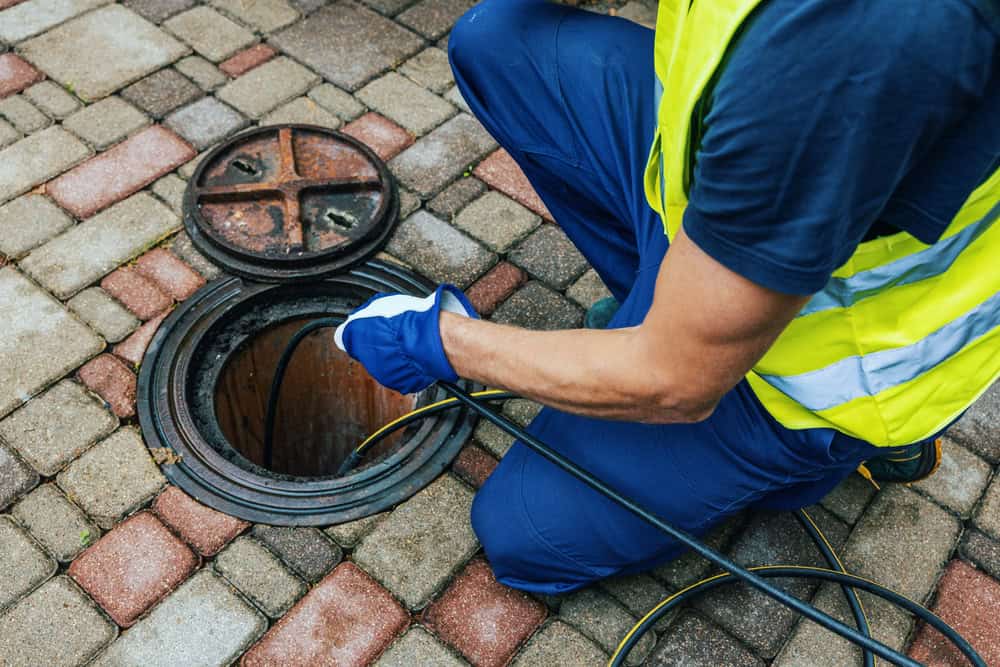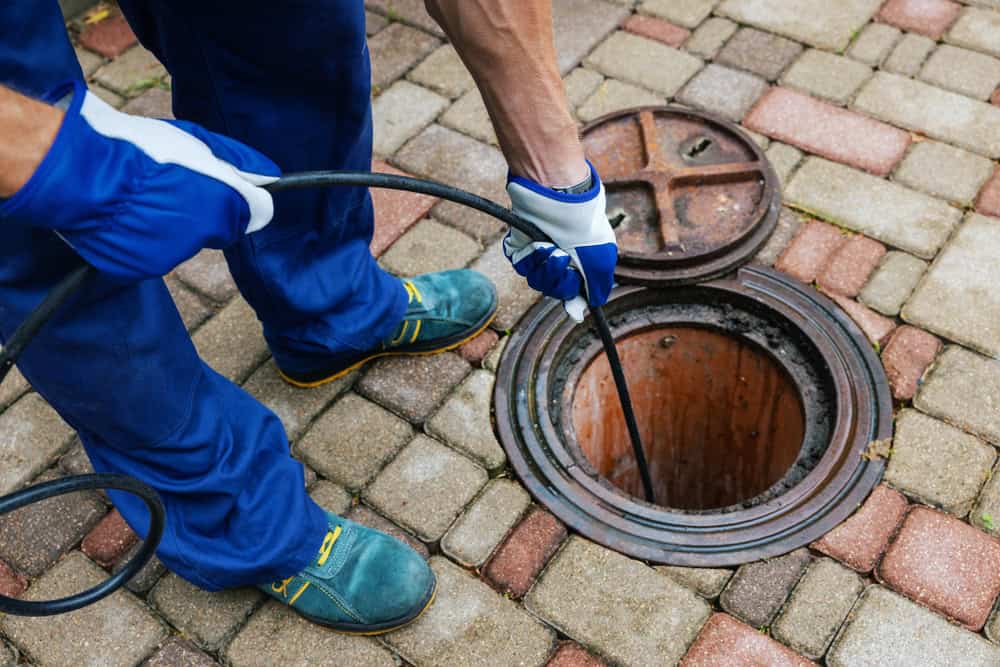When plumbing issues arise, few things can be as disruptive as a problem with your sewer line. A functional sewer system is essential for any home.
If you find yourself needing a sewer line inspection or repair, knowing what to expect can make the process smoother and less stressful.
The Importance of a Sewer Line Inspection
A sewer line inspection is a proactive measure to identify issues before they escalate. Over time, sewer lines can develop blockages or damage due to various factors, including tree roots, pipe corrosion, or ground shifting.
Regular inspections help catch these problems early, preventing costly repairs and health hazards.
During an inspection, a trained technician will use specialized equipment, often a camera, to assess the internal condition of the pipes.
This approach is non-intrusive and allows for a thorough examination without extensive digging or disruption to your property.
Initial Assessment and Signs of Trouble
Before any inspection takes place, a professional will conduct an initial assessment. They’ll ask about symptoms you’ve noticed, such as slow drains, sewage backups, or unusual odors.
These signs can provide valuable clues about potential issues with your sewer line.
Homeowners might often overlook subtle indicators, but being attentive can save you headaches later. Keep an ear out for gurgling sounds from drains or notice if multiple fixtures are slow to drain.
If you’re looking for experts to assess your sewer line, trusted plumbing services in Five Dock can provide thorough evaluations and offer solutions to ensure your system is functioning properly.
What Happens During a Sewer Line Inspection
Once a technician arrives, they will explain the process to you. Most inspections involve inserting a small, flexible camera into the sewer line via a cleanout or access point.
This camera transmits live video back to the technician, allowing them to observe the pipe’s interior condition.
The technician will look for several issues, including:
Blockages: These can be caused by grease buildup, foreign objects, or tree roots penetrating the pipes.
Cracks or Breaks: Aged or damaged pipes may show signs of wear, which can lead to leaks and soil erosion.
Misalignments: If sections of the pipe have shifted, it can cause flow issues or backups.
Watching the video feed can be eye-opening, as you may see firsthand what’s causing your plumbing troubles.
Common Repair Methods
If the inspection reveals issues, the technician will discuss repair options with you. Depending on the severity of the problem, there are several common methods used to address sewer line issues.
Traditional Excavation
For significant damage or blockages, traditional excavation may be necessary. This process involves digging up the affected section of the sewer line to replace or repair it.
While effective, it can be disruptive to your yard and landscape.
Trenchless Repair
An alternative to excavation is trenchless technology. This method allows for repairs without extensive digging.
Technicians use specialized equipment to either line the existing pipes with a durable material or burst the old pipe while simultaneously laying a new one.
Trenchless repair is often quicker and less invasive. Homeowners appreciate the minimal disruption to their property and the faster turnaround time compared to traditional methods.
Hydro Jetting

For blockages caused by grease, roots, or other buildup, hydro jetting is a popular option. This method uses high-pressure water jets to clear obstructions effectively.
The process is efficient and environmentally friendly, as it doesn’t involve harmful chemicals.
Technicians ensure that hydro jetting is appropriate for your specific plumbing system before proceeding, as not all pipes can withstand the pressure.
Costs Associated with Sewer Line Inspection and Repair
Understanding the financial aspect of sewer line services can help you plan. Costs vary based on the inspection method, the extent of repairs needed, and your geographical location.
A basic sewer line inspection may range from $100 to $300, while repairs can escalate from a few hundred dollars to several thousand, depending on the method chosen.
Traditional excavation tends to be more costly than trenchless options.
Some homeowners’ insurance policies may cover sewer line repairs, so it’s worth checking your coverage.
Preparing for the Inspection
Preparation can make the inspection process smoother. Make sure to clear any obstructions near the access points, such as landscaping or furniture.
This will give technicians unobstructed access to the sewer lines.
Informing family members or household members about the inspection can also help. They should know that technicians will be present and to avoid using plumbing fixtures during the process.
After the Inspection
Once the inspection is complete, the technician will provide a detailed report of their findings. This report typically includes video footage that you can review, along with recommendations for any necessary repairs.
If repairs are needed, you will receive cost estimates and timelines. Taking the time to weigh your options and ask questions will empower you to make informed decisions.
Preventative Maintenance Tips
After addressing repair needs, consider implementing preventative measures to extend the life of your sewer lines. Regular inspections, every few years or so, can help catch issues before they escalate.
Additionally, be mindful of what goes down your drains. Avoid flushing items that don’t belong, such as wipes or chemicals.
Educating your family on proper disposal methods can significantly reduce the risk of future problems.
Landscaping Considerations
If you have trees or shrubs planted near your sewer lines, consider their potential impact. Some tree roots can infiltrate pipes and cause damage.
If you’re planning landscaping work, be strategic about planting locations to minimize risks to your sewer system.
Understanding Your Rights as a Homeowner
As a homeowner, you have rights regarding the services rendered on your property. Familiarize yourself with local regulations and your service provider’s policies.
If a contractor is unable to resolve your issue or if you feel that the quality of service is lacking, be assertive about your concerns.
Documentation of all work performed, including inspections, repairs, and any warranties, is essential. This information can be invaluable for future reference or when dealing with any lingering issues.
By knowing what to expect during a sewer line inspection and repair, you can approach the situation with greater confidence and peace of mind.
Knowledge is power, and armed with the right information, you can navigate the challenges ahead effectively.


